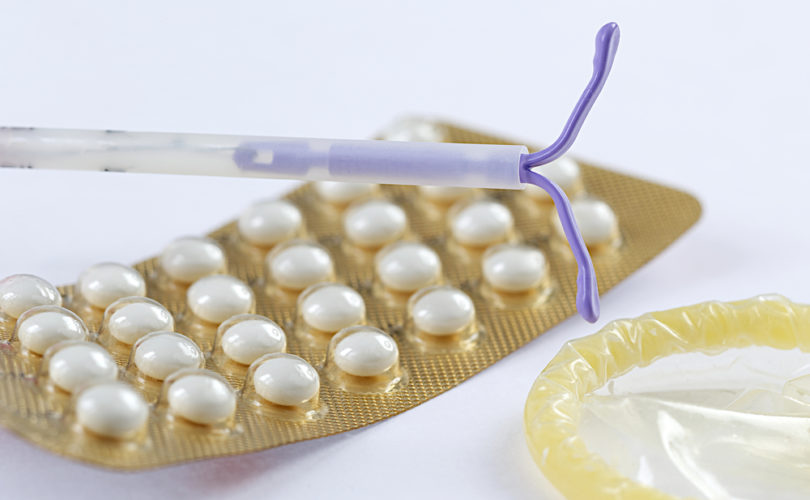Abortifacient contraceptive use among U.S. women has almost doubled in the last eight years, according to a Centers for Disease Control and Prevention (CDC) report released last week.
The report said that 7.2 percent of U.S. women ages 15 to 44 confirmed using long-acting reversible contraceptives (LARC), meaning either intrauterine devices (IUD) or contraceptive hormonal implants, in the month they were asked between 2011 and 2013. This represents an increase from 3.8 percent of women who answered the same during the period between 2006 and 2010, according to details of the study reported by Yahoo News.
Abortifacient contraceptives end unborn life by preventing implantation of the newly-conceived child in the mother’s womb after conception has taken place.
The rise in abortifacient LARC use coincides with the abortifacient push since the Obama administration came into power, most notably, the controversial HHS mandate imposing nationwide taxpayer funded abortifacients under the guise that they are “preventative care,” and making abortifacients available to minors over the counter without a prescription.
The administration said in July of this year that Medicaid should pay for teen girls to get confidential abortifacients.
Former Health and Human Services Secretary Kathleen Sebelius told graduating seniors in a blog post they should be grateful for receiving contraceptives and abortifacients “without paying a penny” due to Obamacare.
Democrat U.S. Sen. Jeanne Shaheen introduced a bill in July of this year along with Democrat Sens. Patty Murray and Harry Reid compelling taxpayers to fund free abortifacients to women serving in the U.S. military.
The CDC released a study back in 2012 promoting wide-spread use of abortifacients as a way of reducing abortions.
The CDC report from this week said long-acting abortifacient use was more than double with women ages 25 to 34, at around 11 percent, compared to five percent of women ages 15 to 24 and 5.3 percent of women ages 35 to 44.
The prevalence of overall contraception use among U.S. women was reconfirmed by the report as well.
Sixty-two percent of U.S. women ages 15 – 44 said they were using some form of contraception in the month they were questioned during the 2011 to 2013 period. Oral contraceptives was highest at 16 percent, followed by female sterilization at 15.5 percent and male condoms at 9.4 percent followed by the long-acting reversible contraceptives at 7.2 percent.

